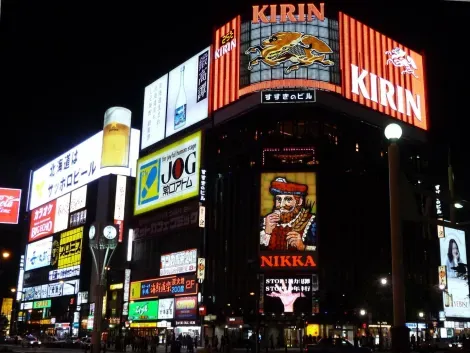The red light districts of Japan 遊郭








The entertainment district
Kabukicho, Nakasu, Susukino so many others... And for a good reason! These are districts where some of the most famous red-light communities are located. These streets are filled with bars and adult entertainment...
Leyûkaku, from the pleasure district to cultural efflorescence
Before hosting red-light districts on the Western model, Japan had "yukaku" (pleasure district), institutionalized in the Edo period (1603-1868). Far from being simply a place of prostitution, these neighborhoods were also cultural places. Several courtesans officiating in the yukaku were educated in the performing arts, displaying a cultural refinement capable of attracting clients from high social classes such as samurai, aristocrats, or wealthy merchants.
A double function that reached its peak in a yûkaku such as that of Shimabara, in Kyoto, during the Genroku era (1688-1704) is considered the cultural peak of the Edo period. It was then quite common for "high-ranking" courtesans to be proficient in music, calligraphy, or classical literature. The institution of yukaku disappeared with the American occupation, which officially ended in 1946.
Lered light district modern
With the American occupation, the Japanese red-light districts currently known were born. Thus Kabukicho in Tokyo, the most renowned, benefited from the economic revival of Japan and attracted to him many nocturnal activities as well as members of the Japanese underworld, the yakuza. Several thousand bars, nightclubs, love hotels, and guest bars. In 2004, the Tokyo municipality estimated the number of active yakuza in the district. Other cities such as Fukuoka (and its Nakasu district) or Sapporo ( Susukino ) also have a famous red-light community.
Tourist districts
The red-light districts are attracting more and more tourists. Kabukicho has thus been the object of police actions for several years, and the “Kabukicho Renaissance” movement to rid the district of its most sulfurous aspect. Many Chinese or Korean tourists can be seen there, even during the day. Similarly, a community like Nakasu is also an opportunity for a beautiful night stroll between the yatai and the neon lights of the dark bars.
Read also : The Nakasu Kawabata district











